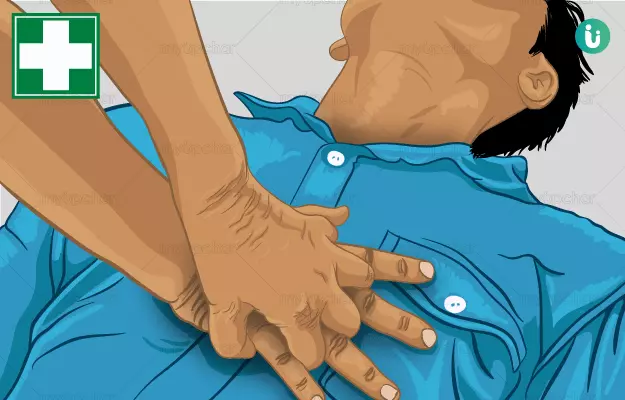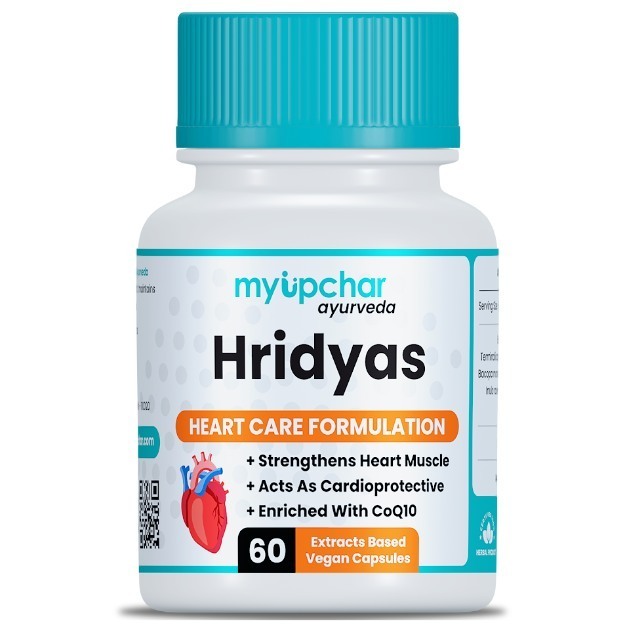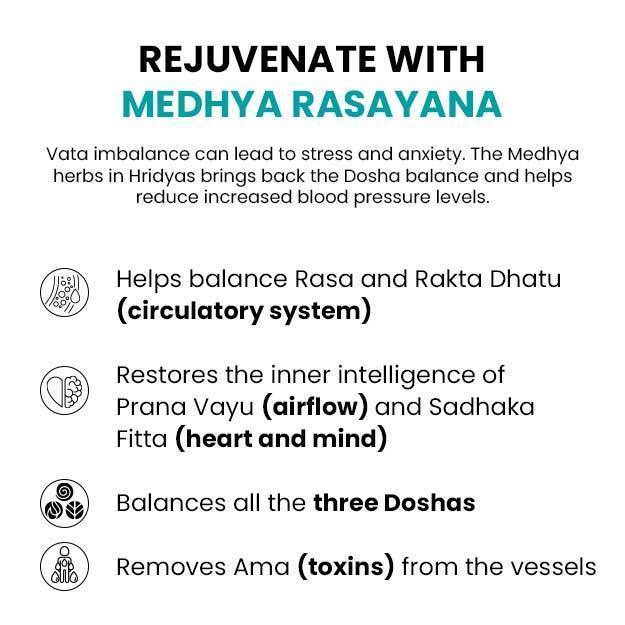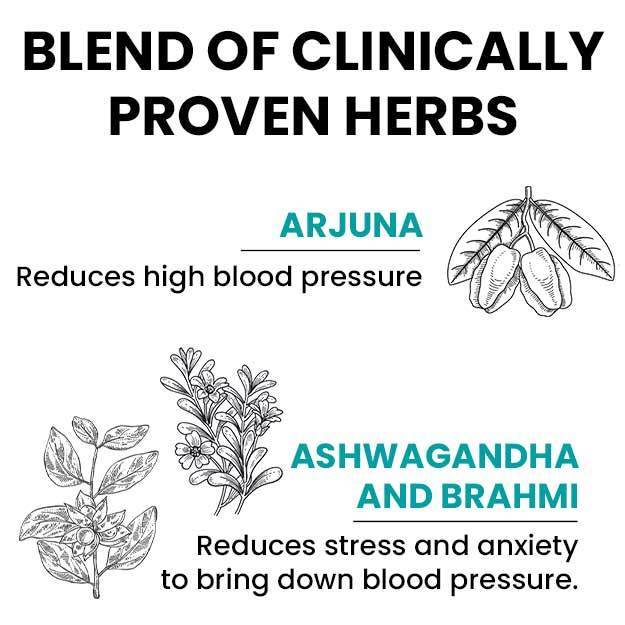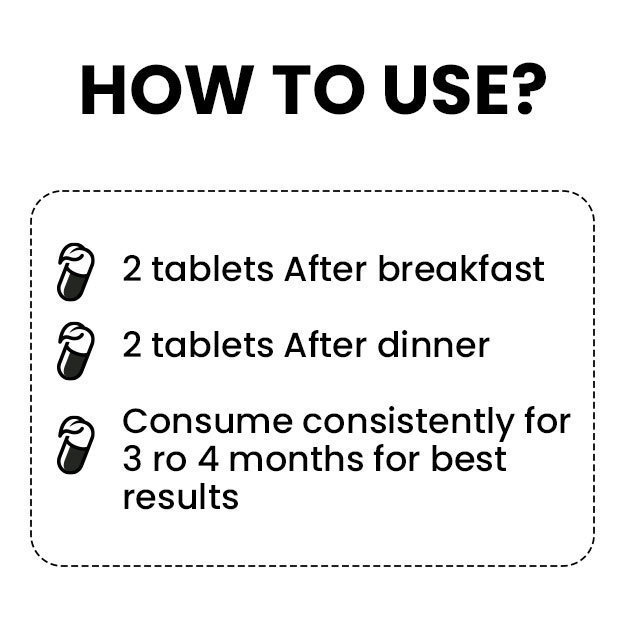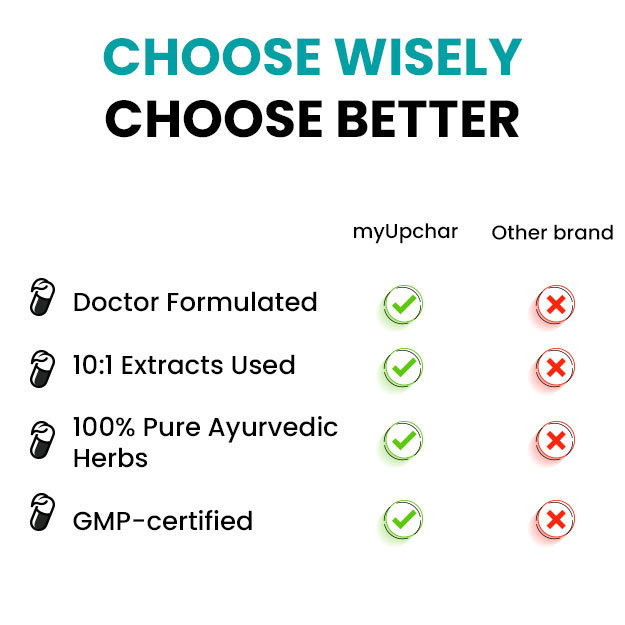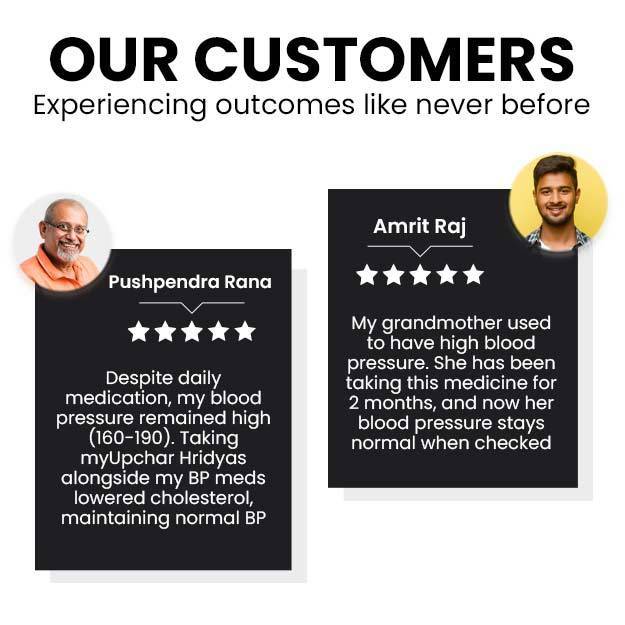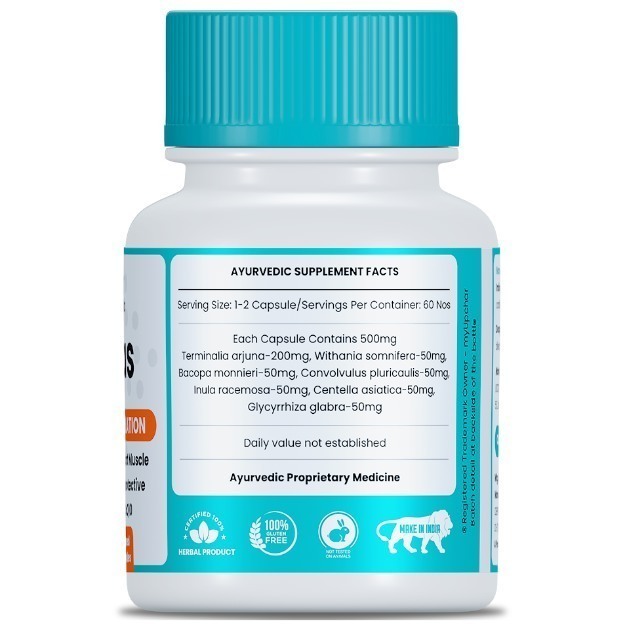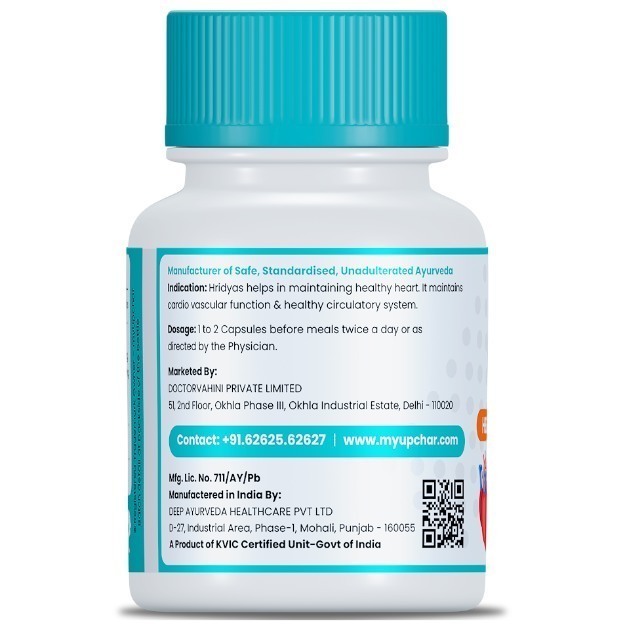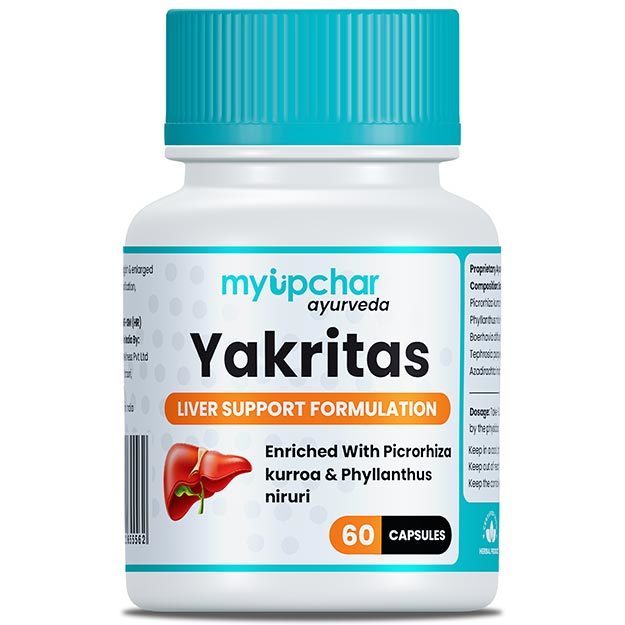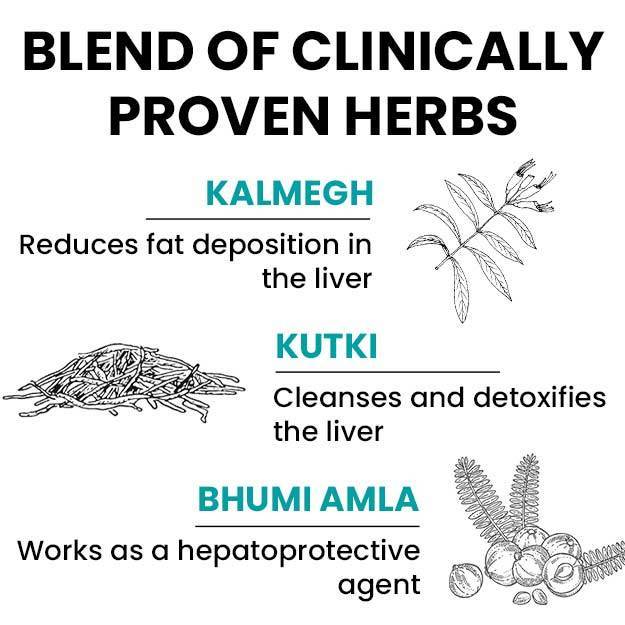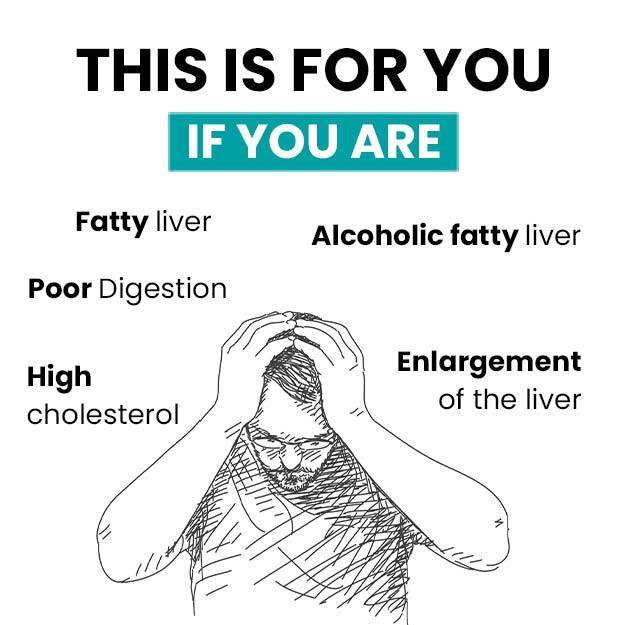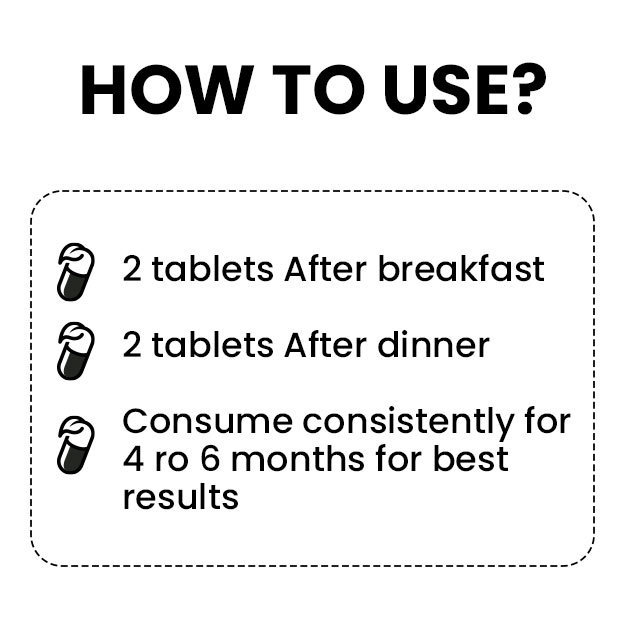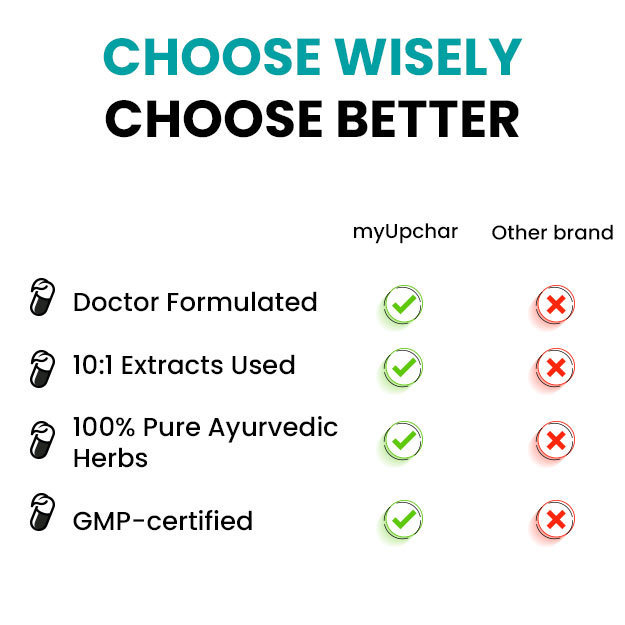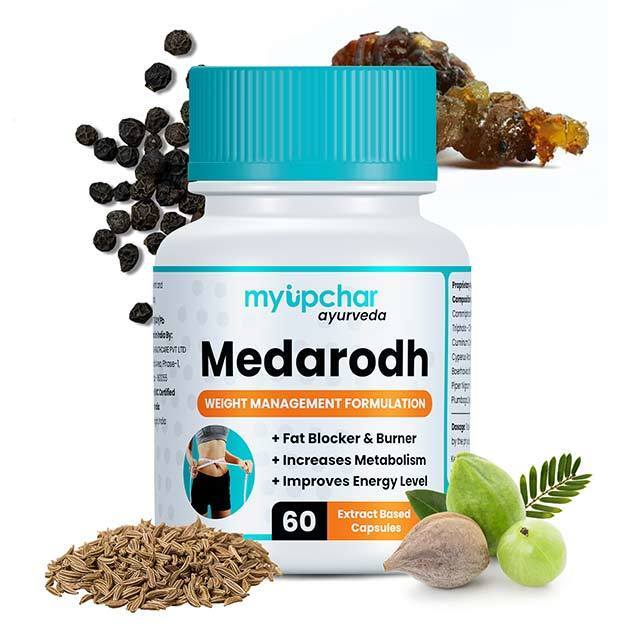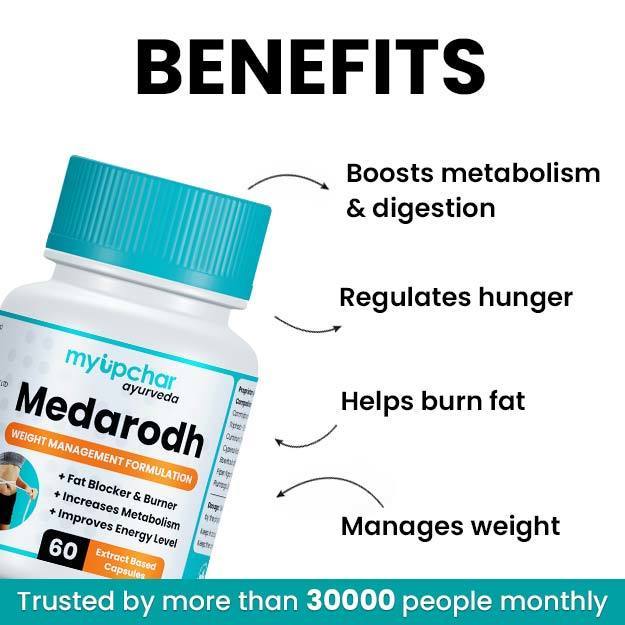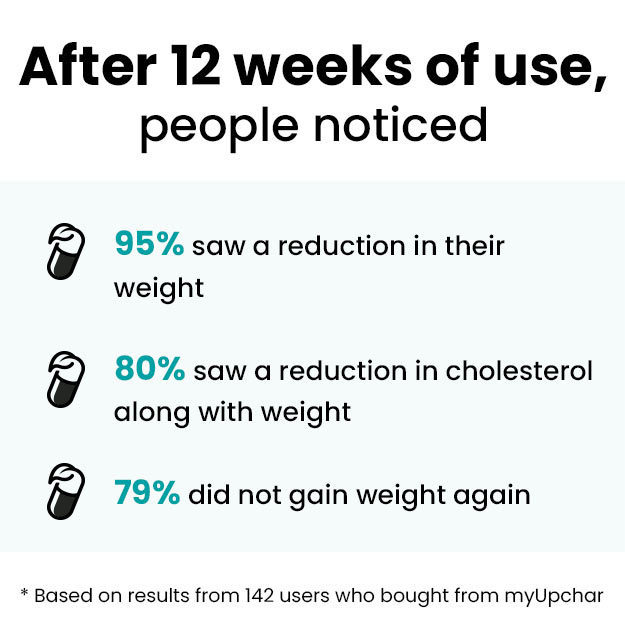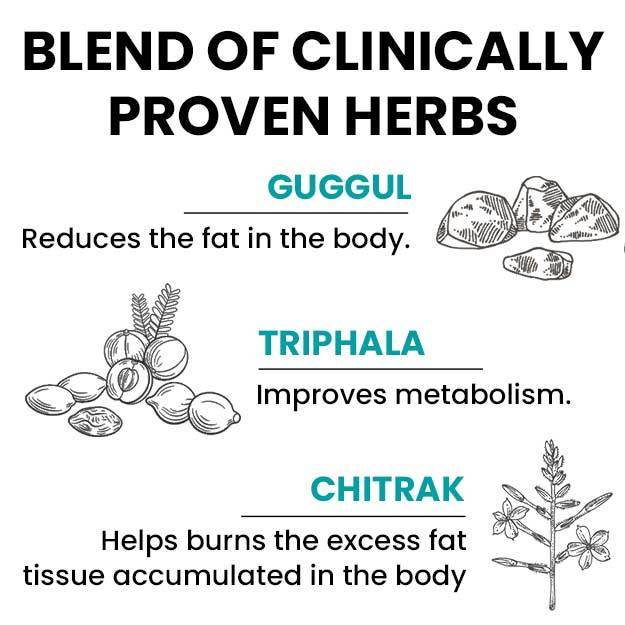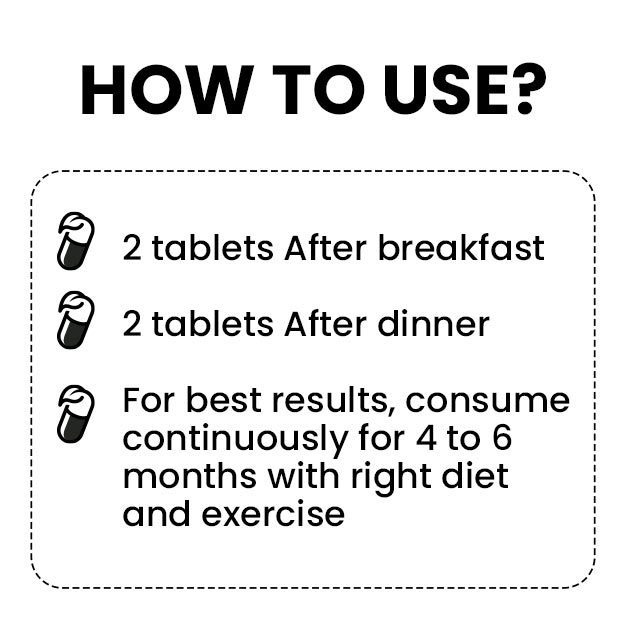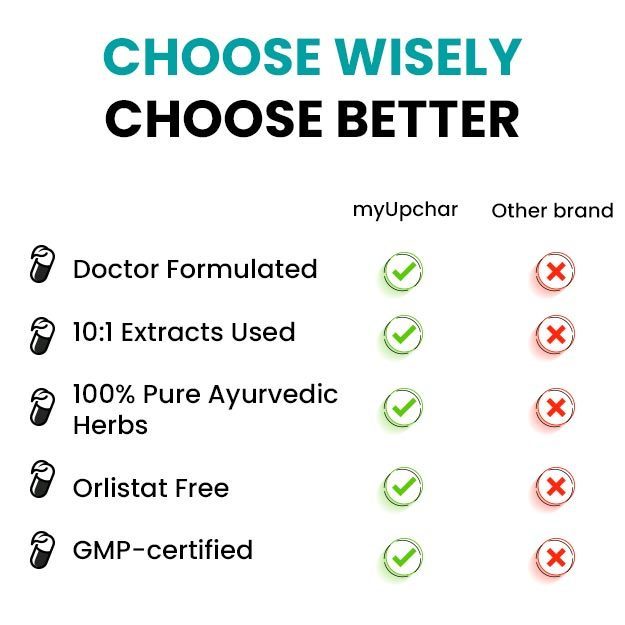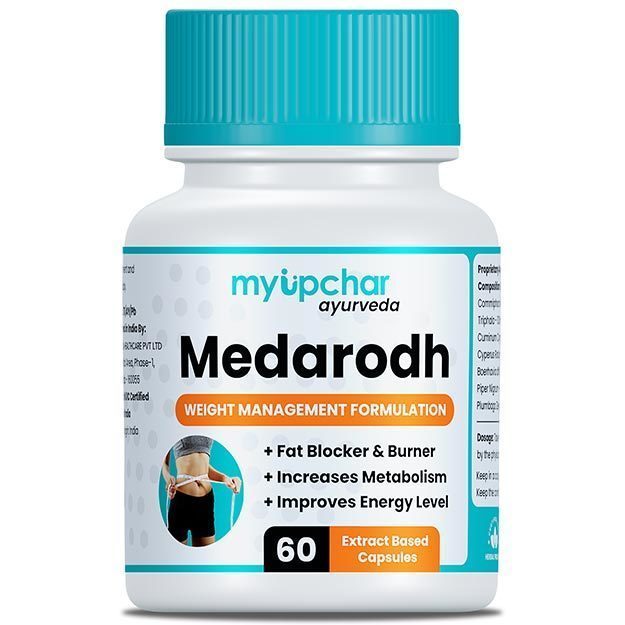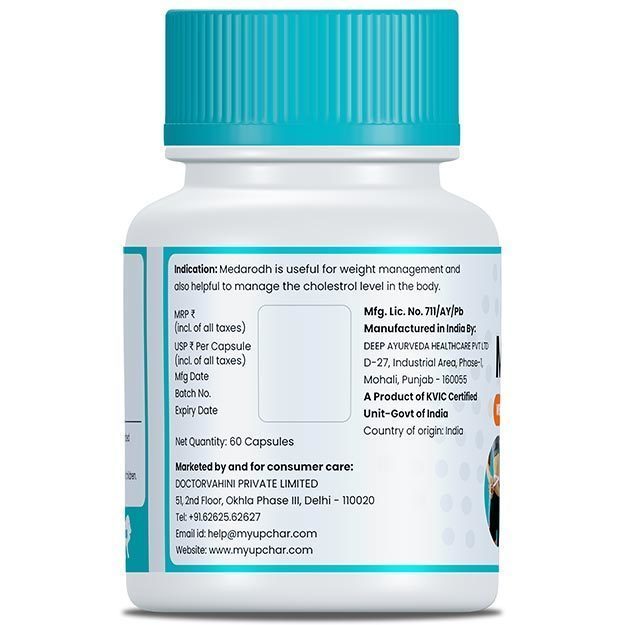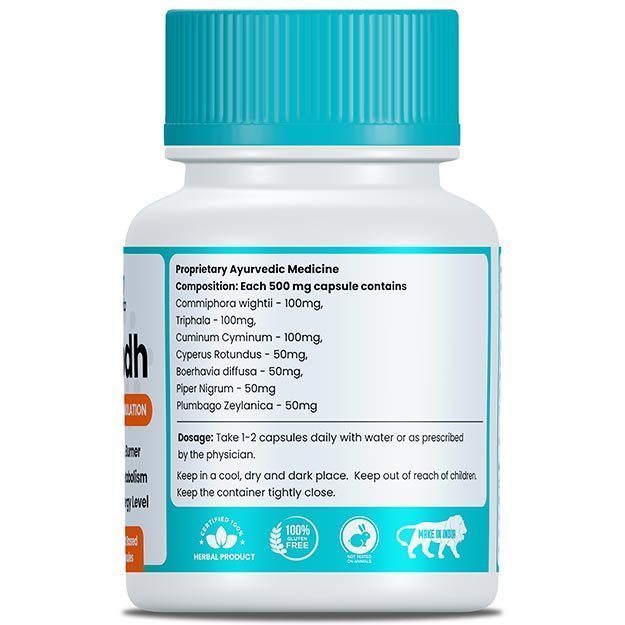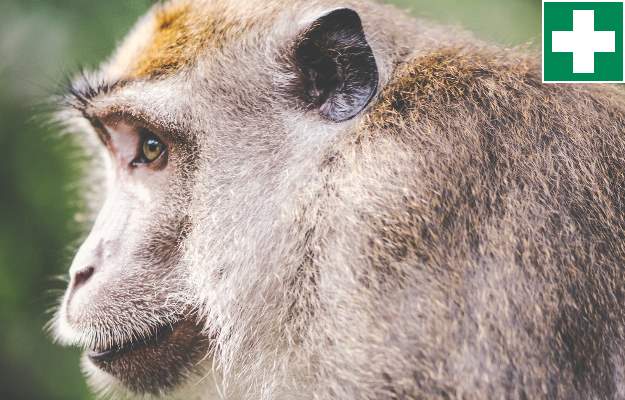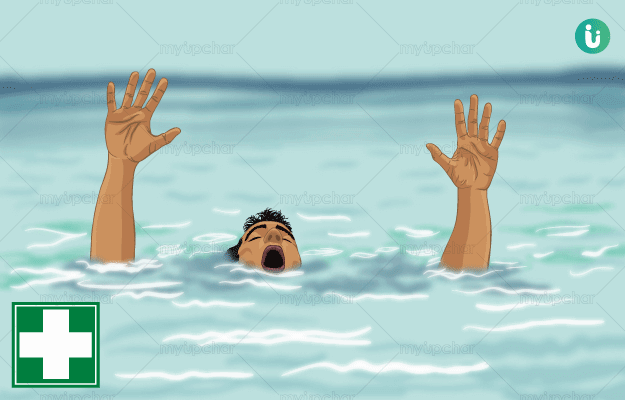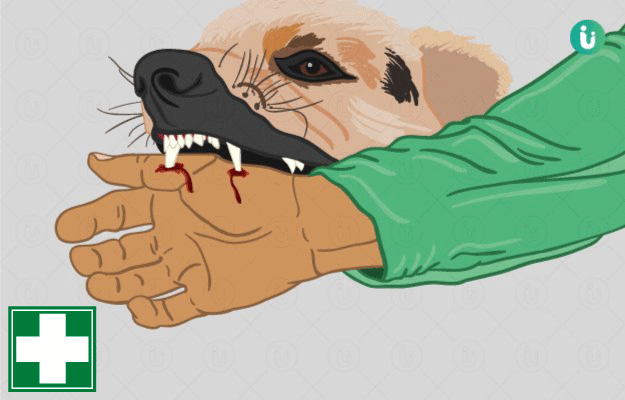CPR or cardiopulmonary resuscitation is a life-saving technique that can help save a life during a cardiac or breathing emergency.
Please click on this link to know the better ayurvedic treatment of heart disease.
Cardiopulmonary resuscitation is an emergency life-saving procedure done when an individual suddenly stops breathing or there is no heartbeat. The goal of CPR is to keep the blood flowing through the body to keep all the organs alive and functioning until medical help arrives.
To carry out CPR on an individual, one requires proper training and knowledge or else they might end up worsening the condition of the victim. Many institutions offer CPR certification classes to interested individuals so that they can help the ones in need of emergency treatment. Contact your nearest trauma centre to find out more about it.
(Read More - Heart Attack treatment)

